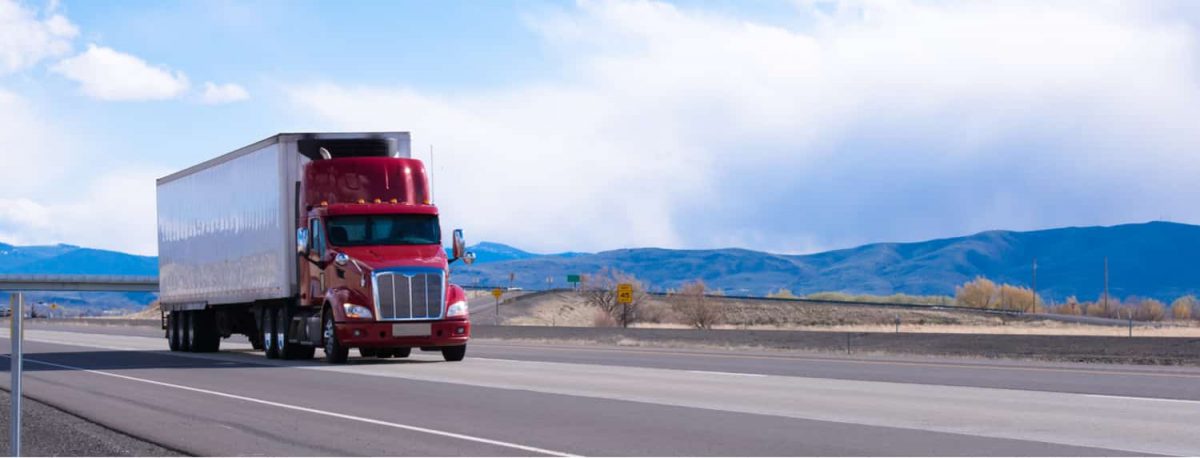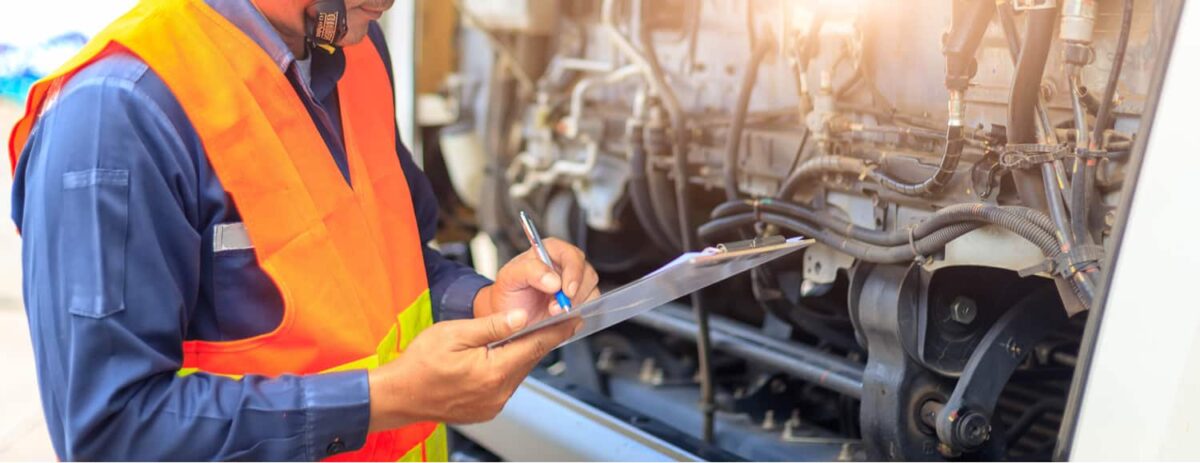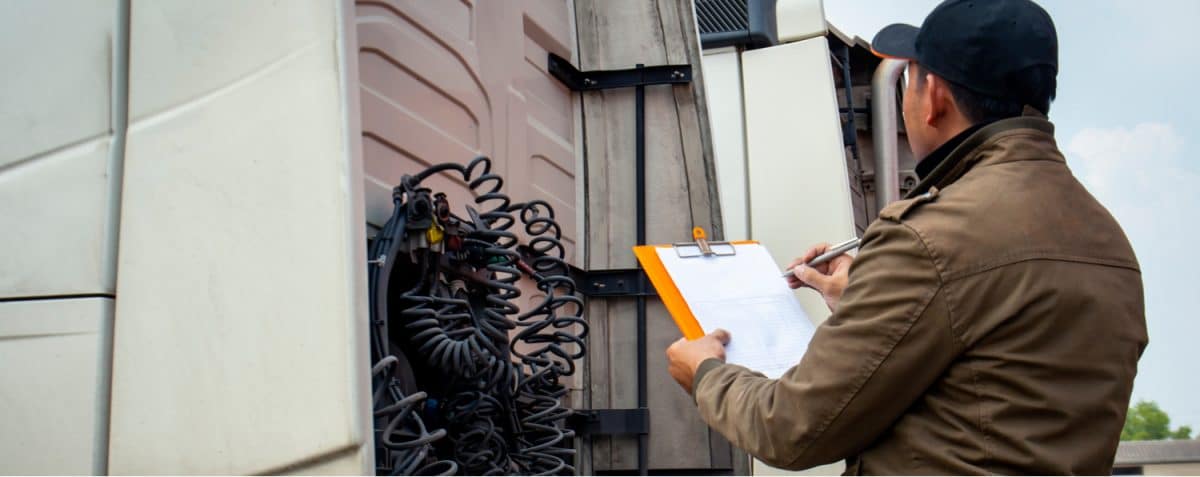Qualified, skilled drivers can be your company’s biggest asset, but the wrong drivers can be your biggest liability. By taking the time to adequately screen drivers before putting them behind the wheel in your fleet, you can make sure you build an efficient team that operates safely. Working with an outside driver qualification company is a good way to conduct a thorough assessment of potential drivers. These tips will also help.
Cover the Basics
Before you go further with any applicant, you should make sure you have vetted the basic facts you need to know. Be sure the driver has a valid license and has passed a road test for the vehicle he or she will be driving. You should also confirm that all applicants are physically able to operate the vehicle safely and that they can read and speak enough English to do the work. If they have any driver violation convictions on their record, they should be able to present you with information about those convictions, including proof that any license suspensions have been lifted.
Perform Alcohol and Drug Screenings
Alcohol and drug screenings should happen on a regular basis for all of your employed drivers, but they are essential upfront. You will need to provide this information to the Department of Transportation, but complying with their guidelines is not the only reason that screenings are necessary. Allowing drivers who use alcohol and drugs to get behind the wheels of your fleet jeopardizes your employees, community, and customers, so develop a robust screening policy for your team.
Conduct In-Person Interviews
Although phone interviews may seem appealing, especially when you’re in a rush to hire team members, always take the time to do interviews in person. Discussing your expectations and hearing drivers talk about how they view their roles will give you a clear idea of who is a good fit for your team.
HDS Safety Services can help in the hiring process by creating and administering your driver qualification files in compliance with DOT regulations and with the pre-employment qualification process. For driver qualification assistance in Tucson, please call (520) 622-0419.



















